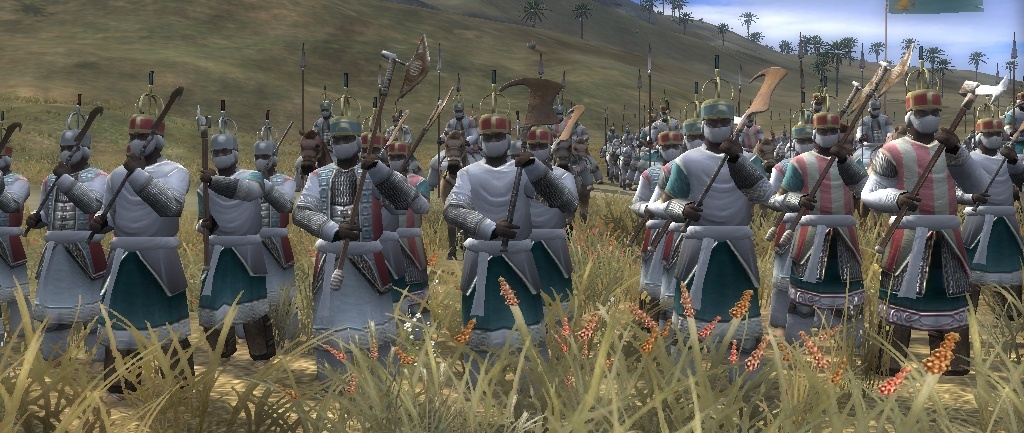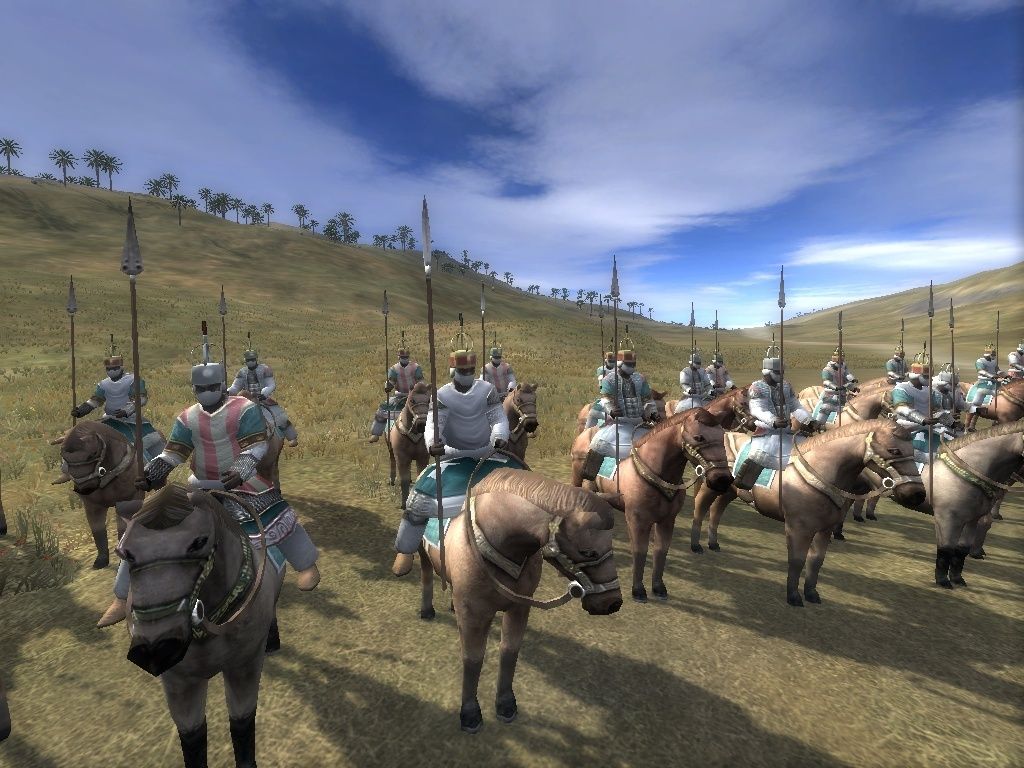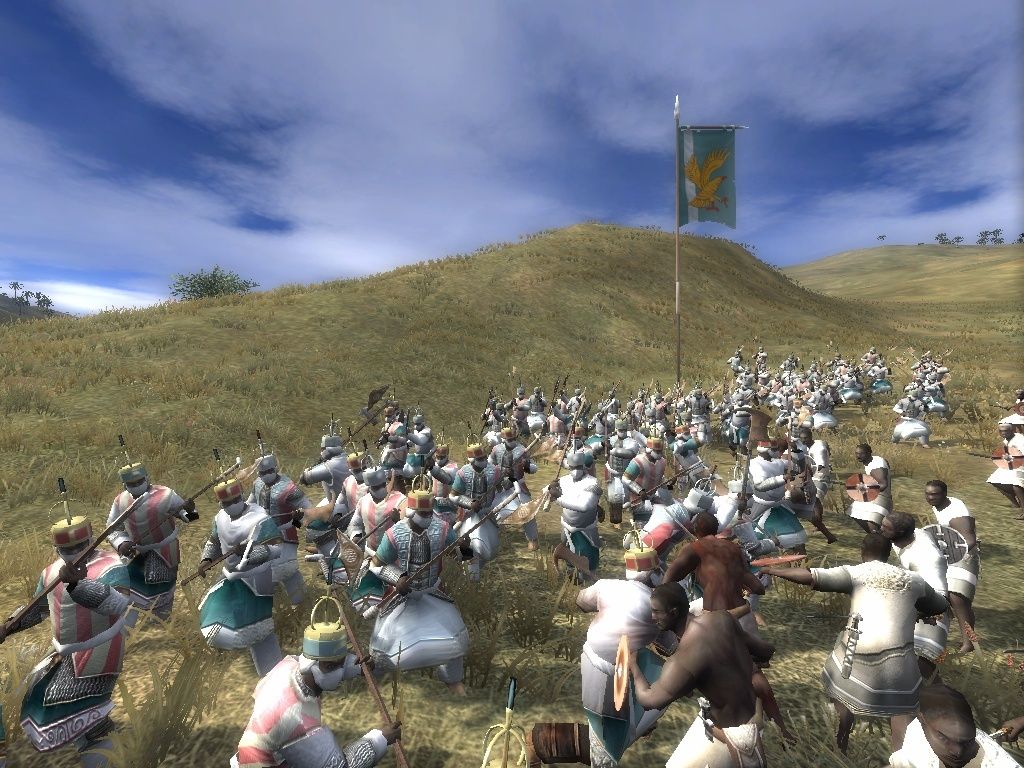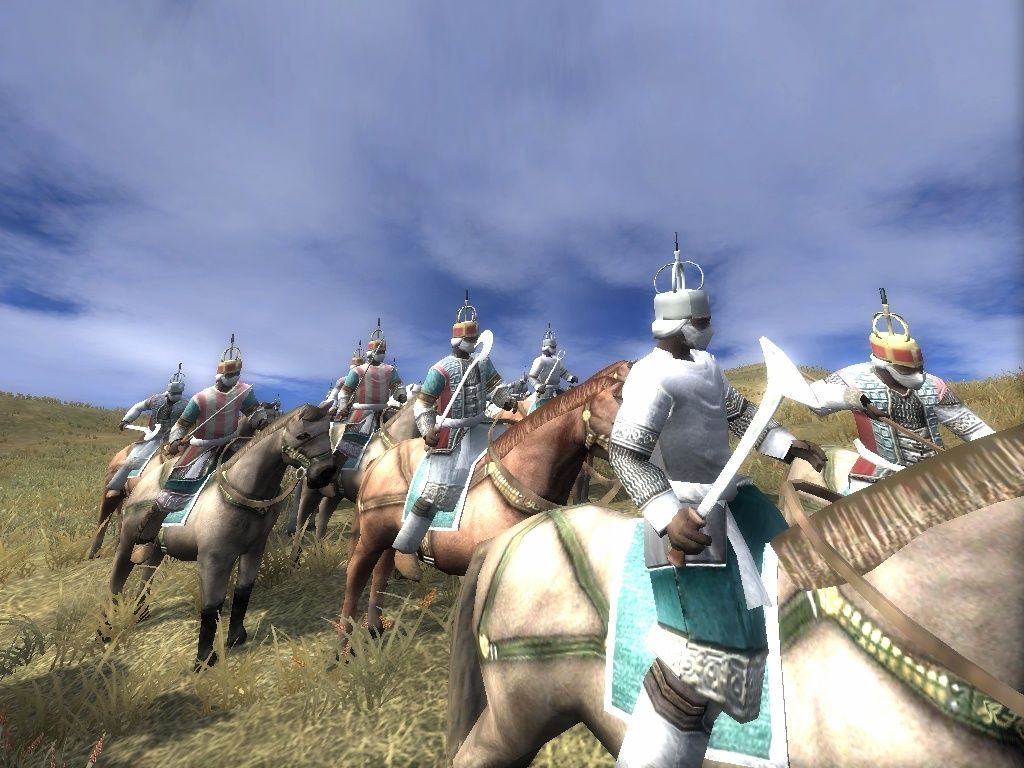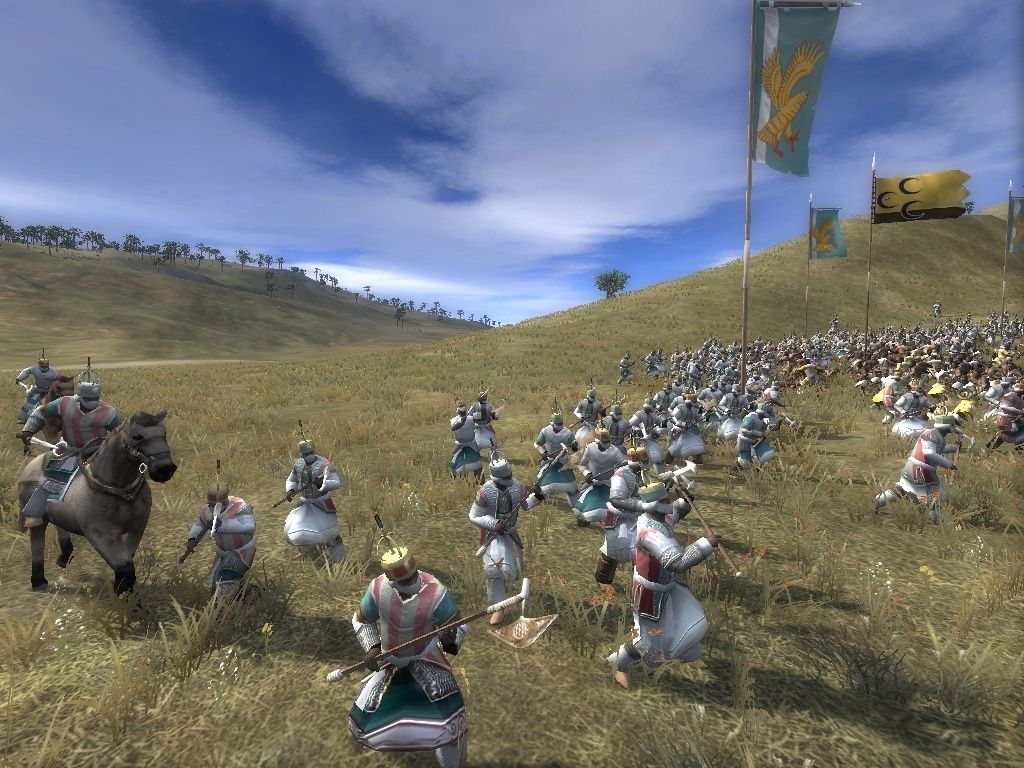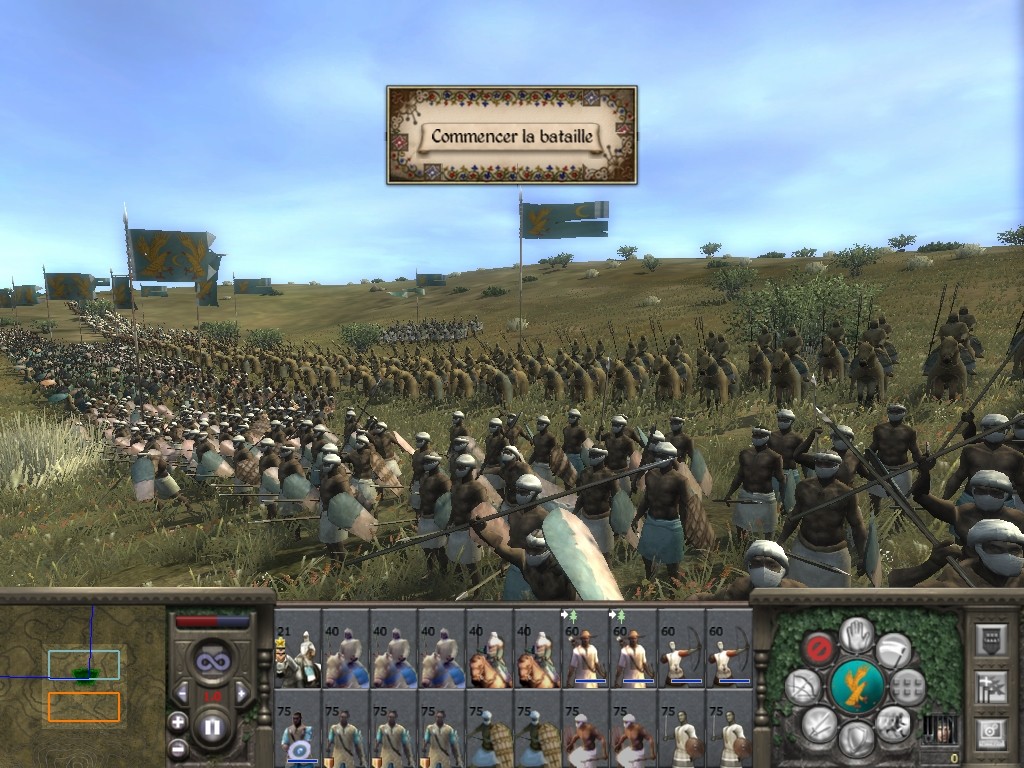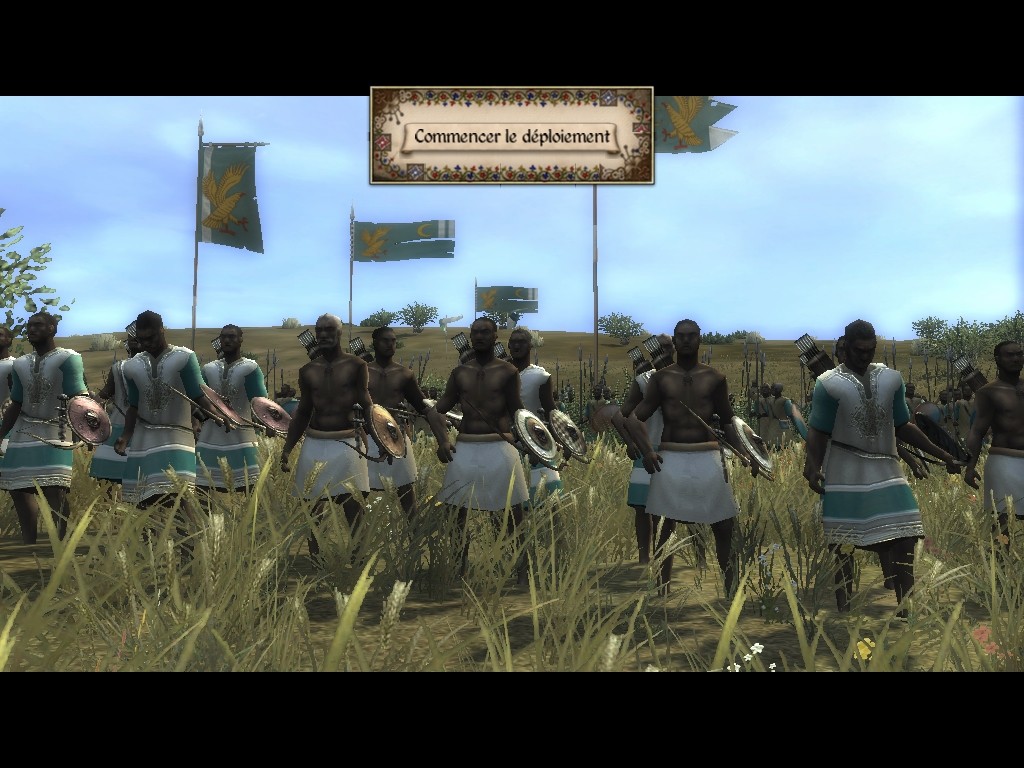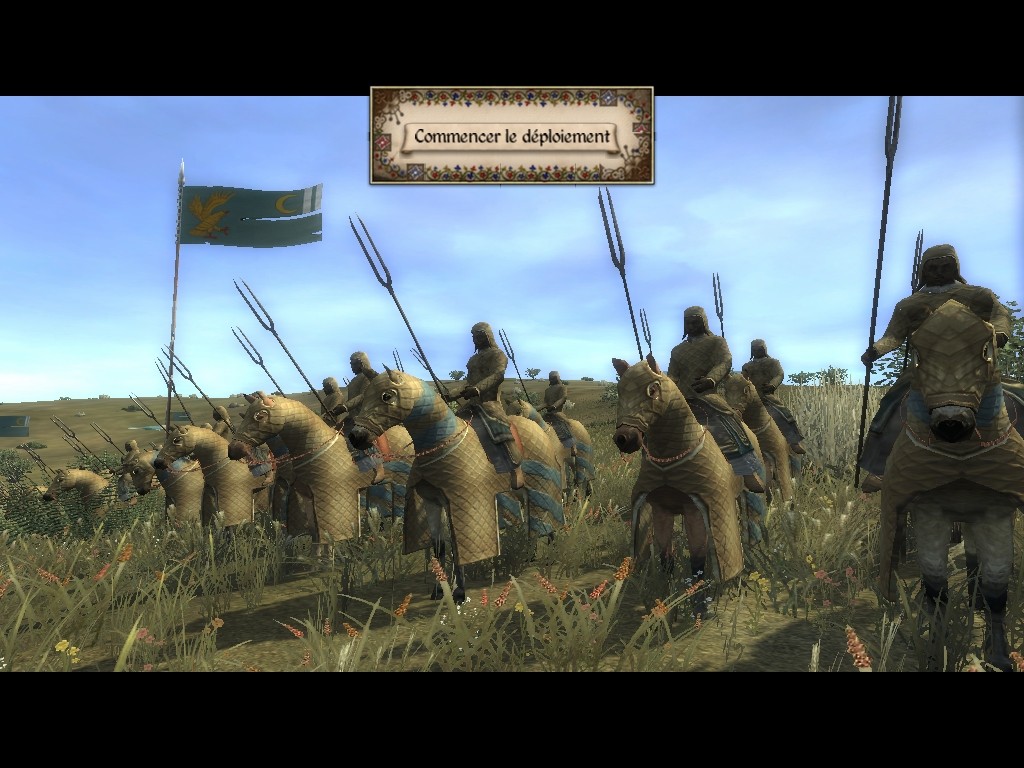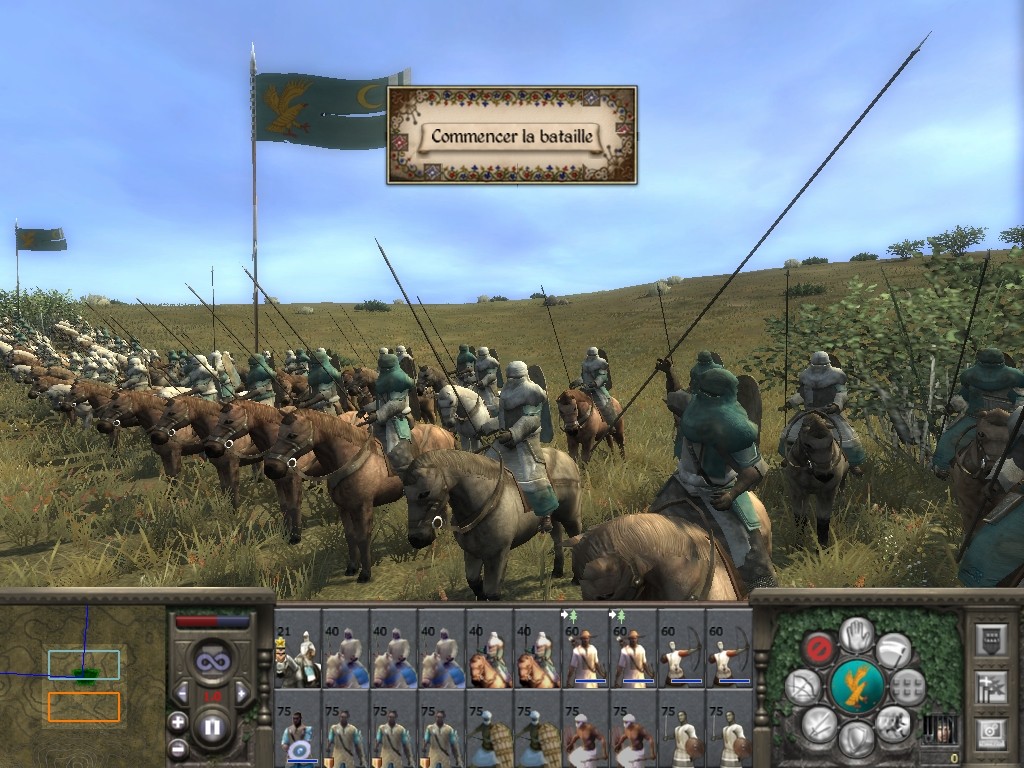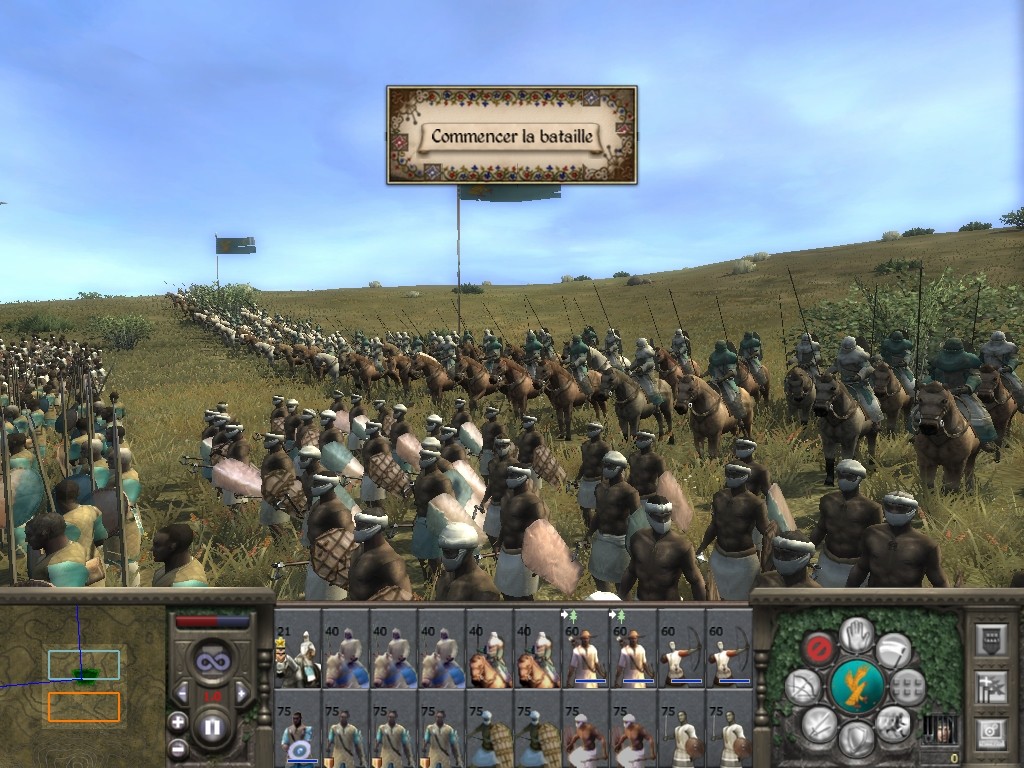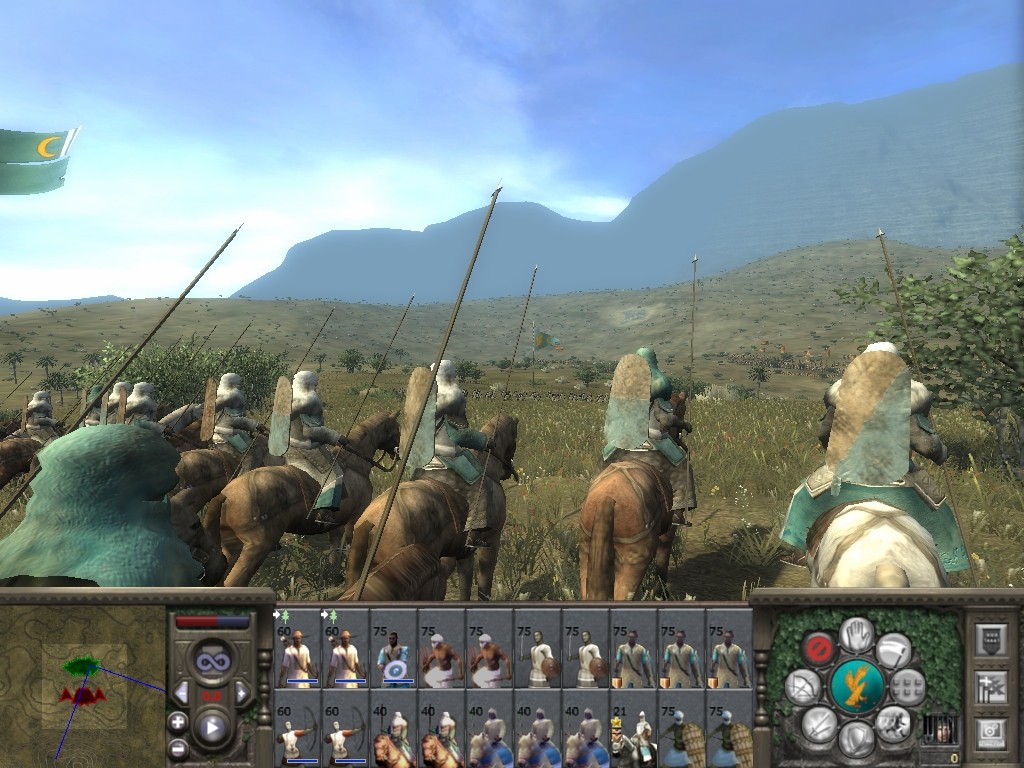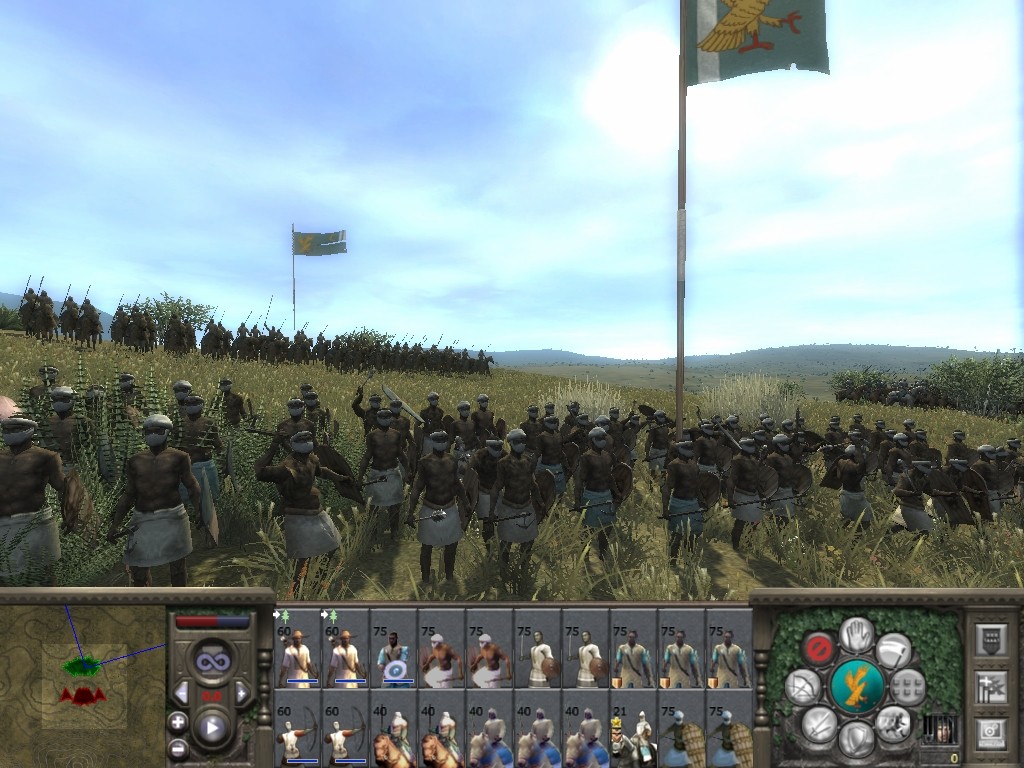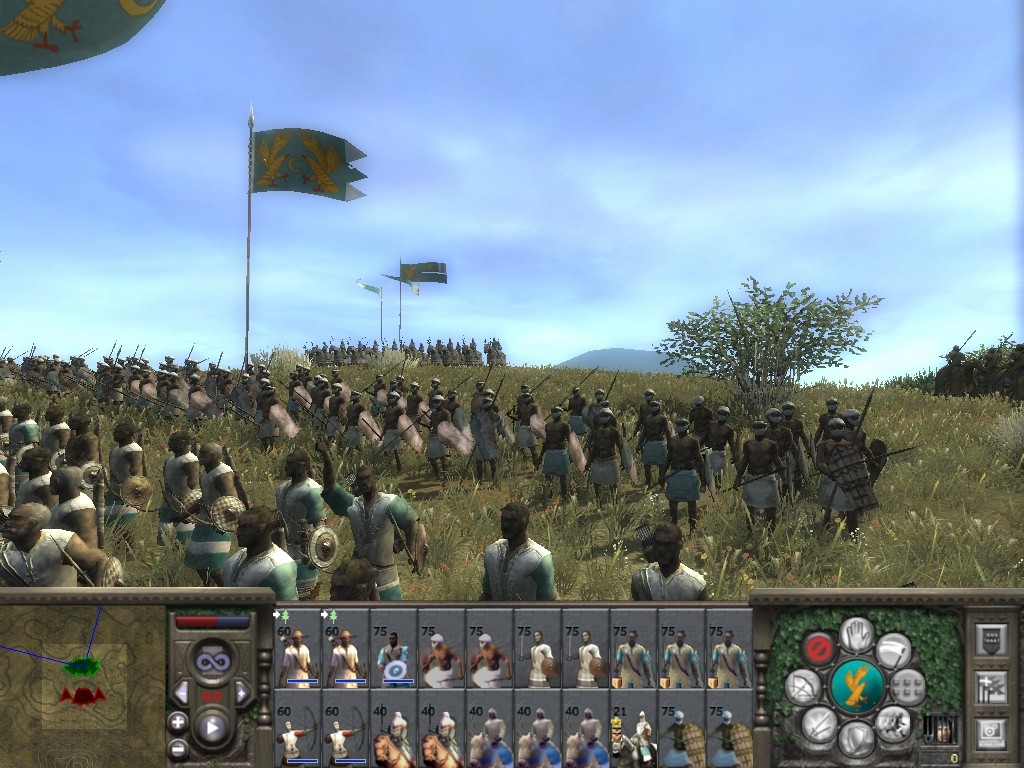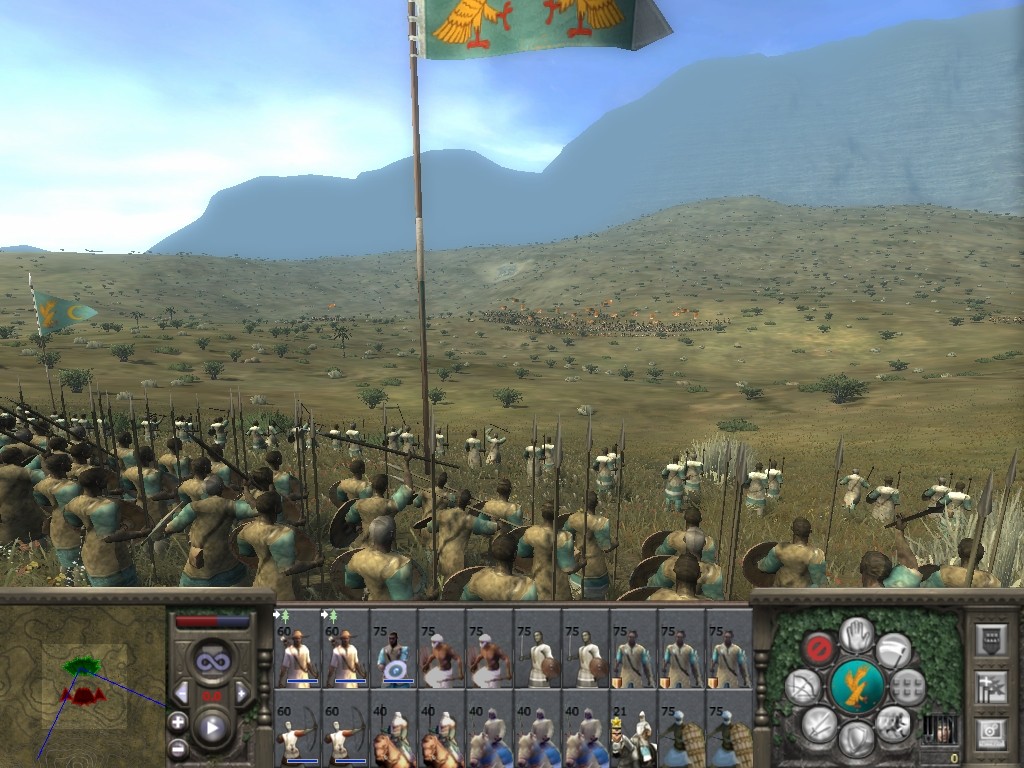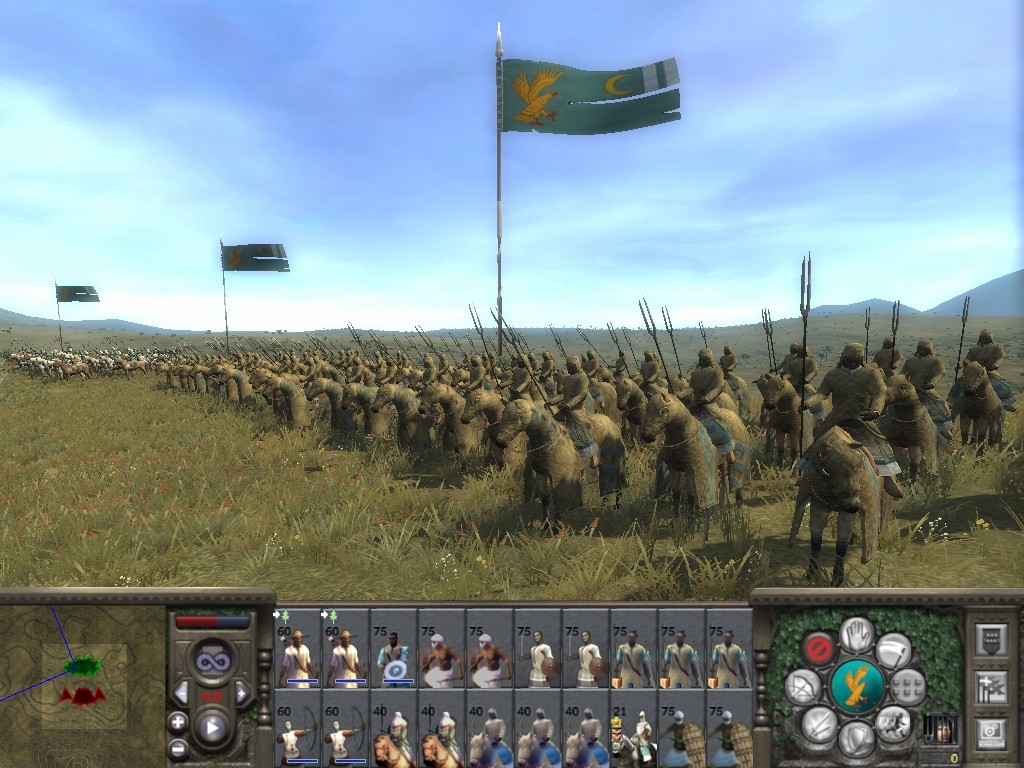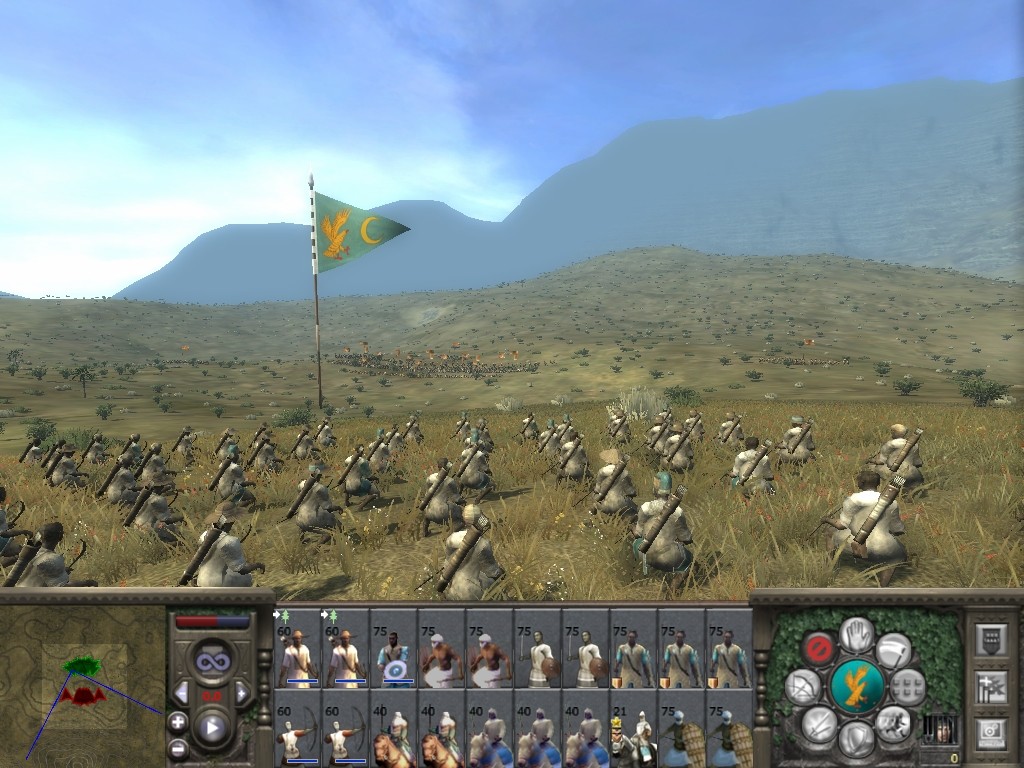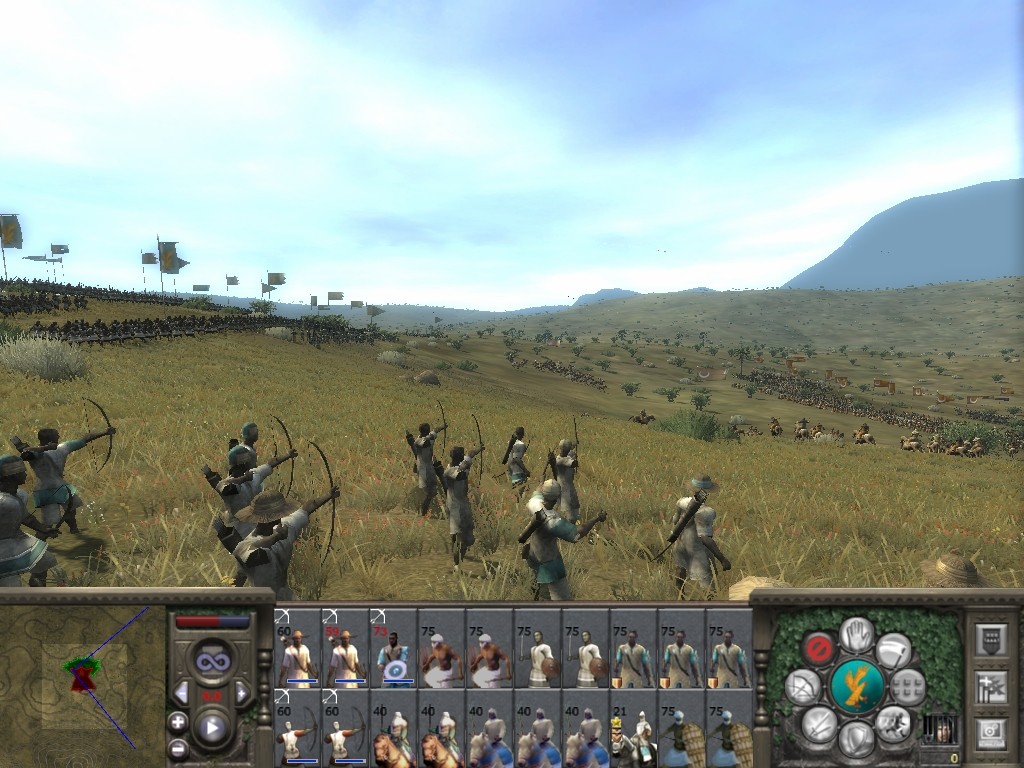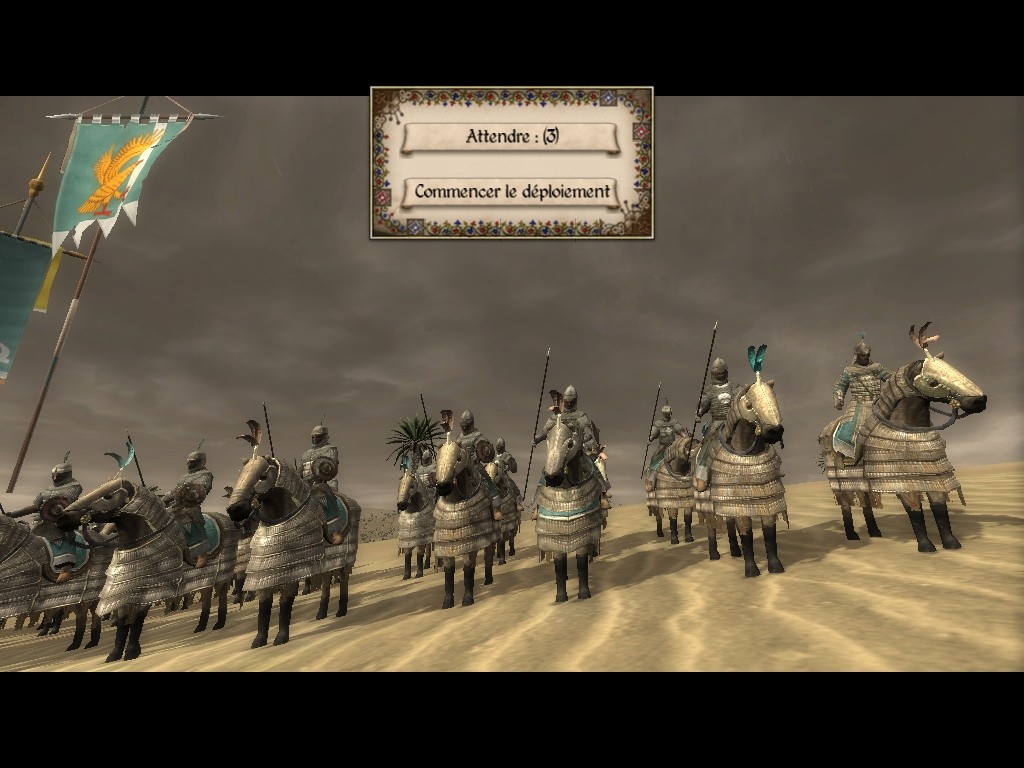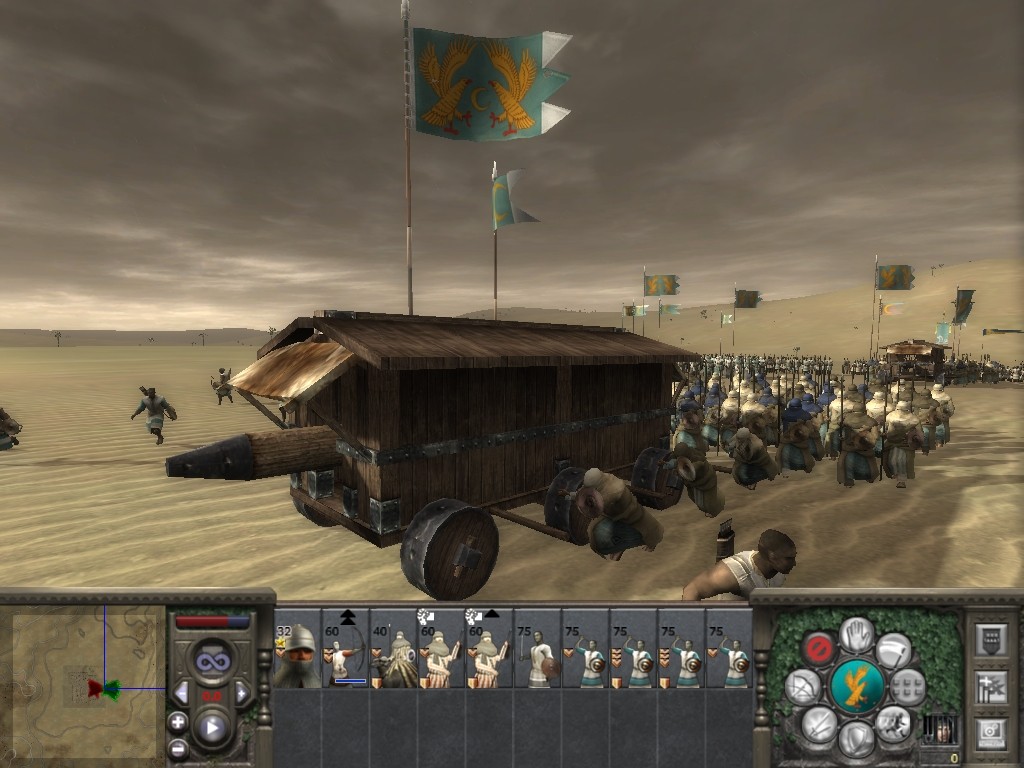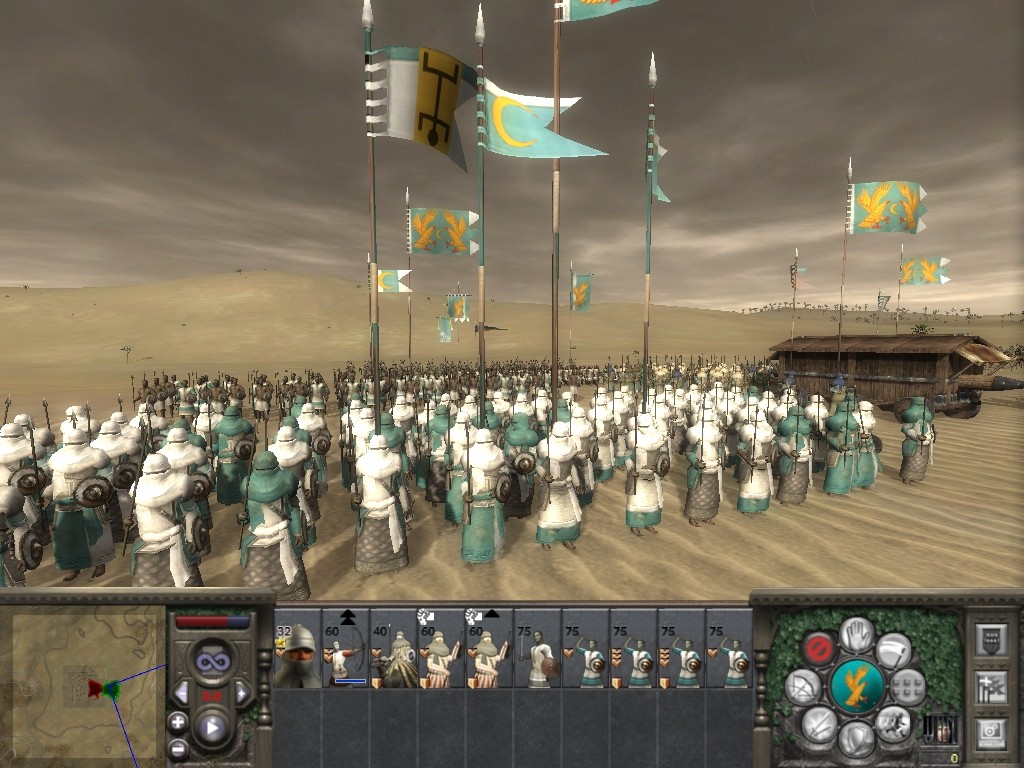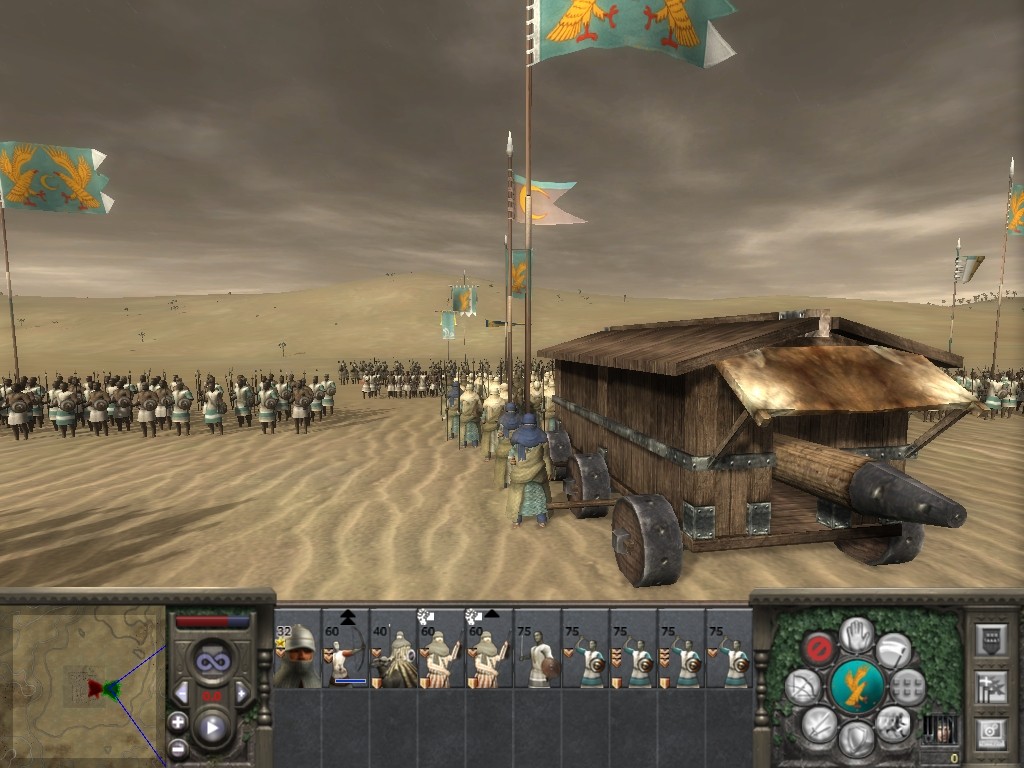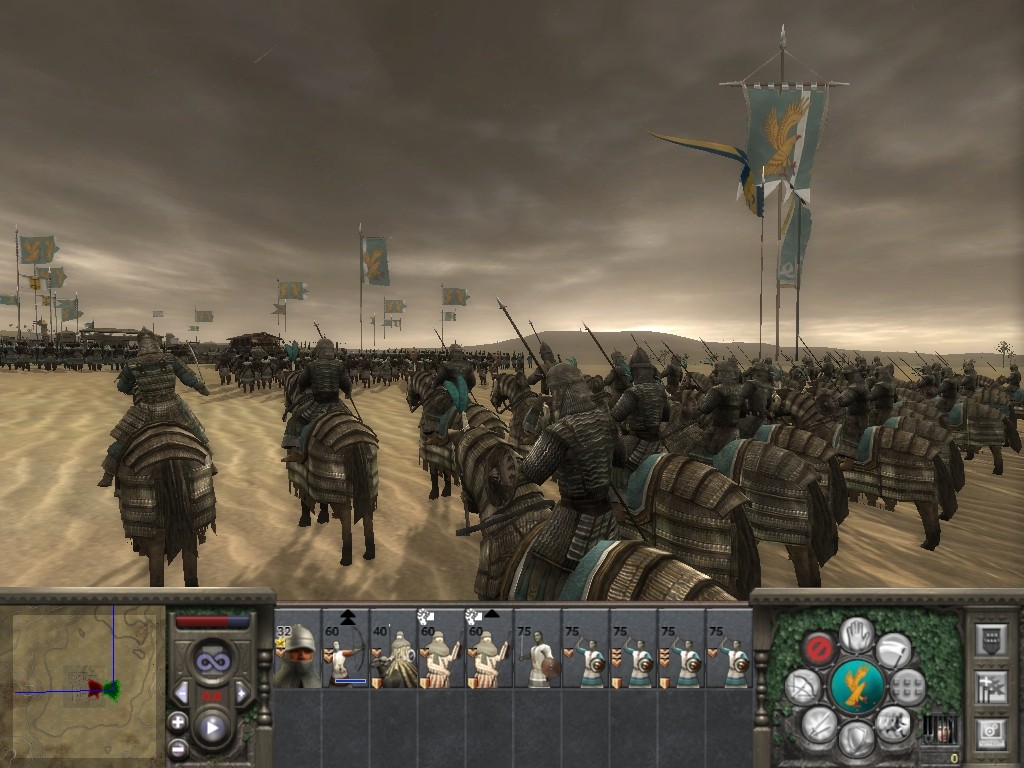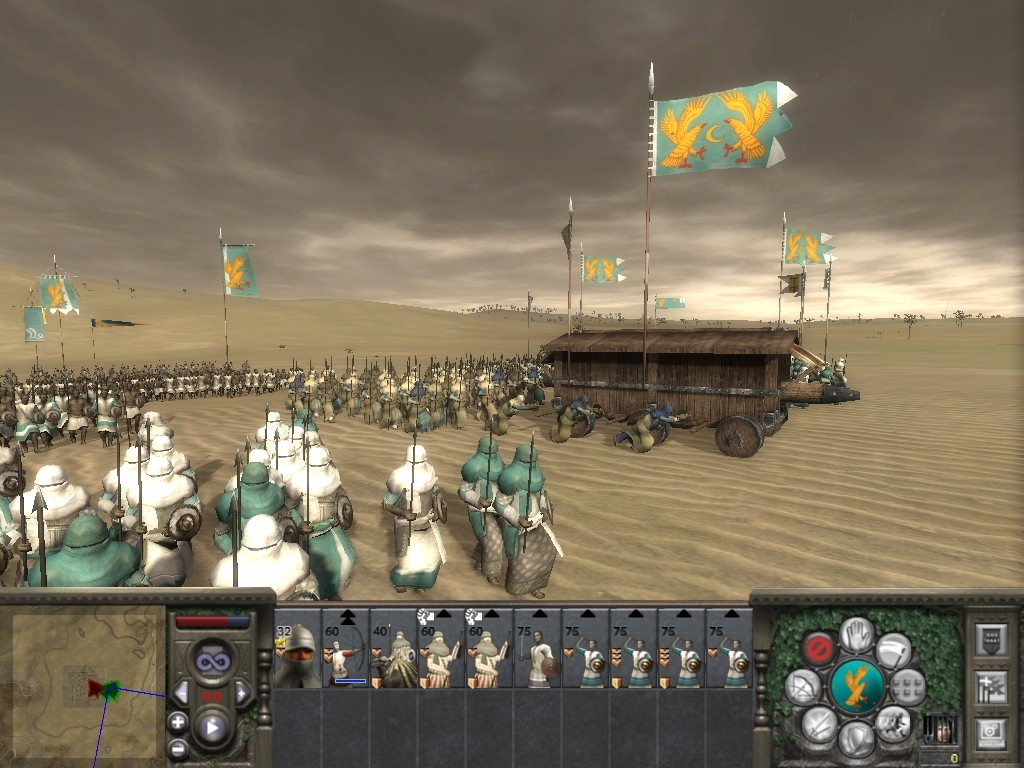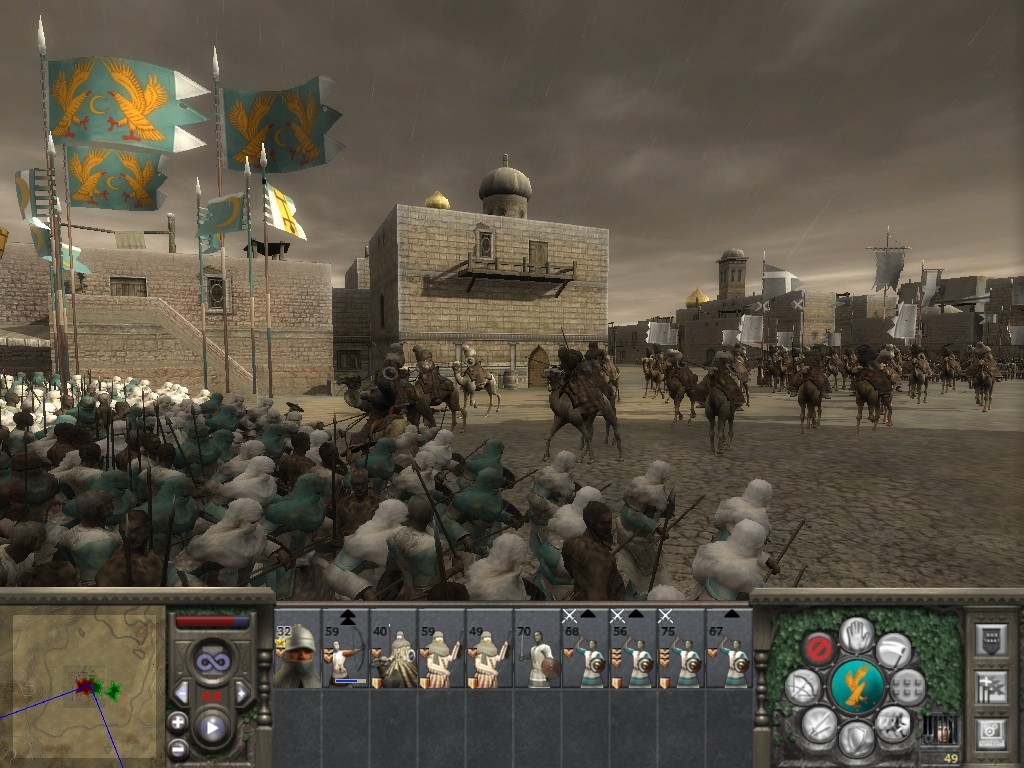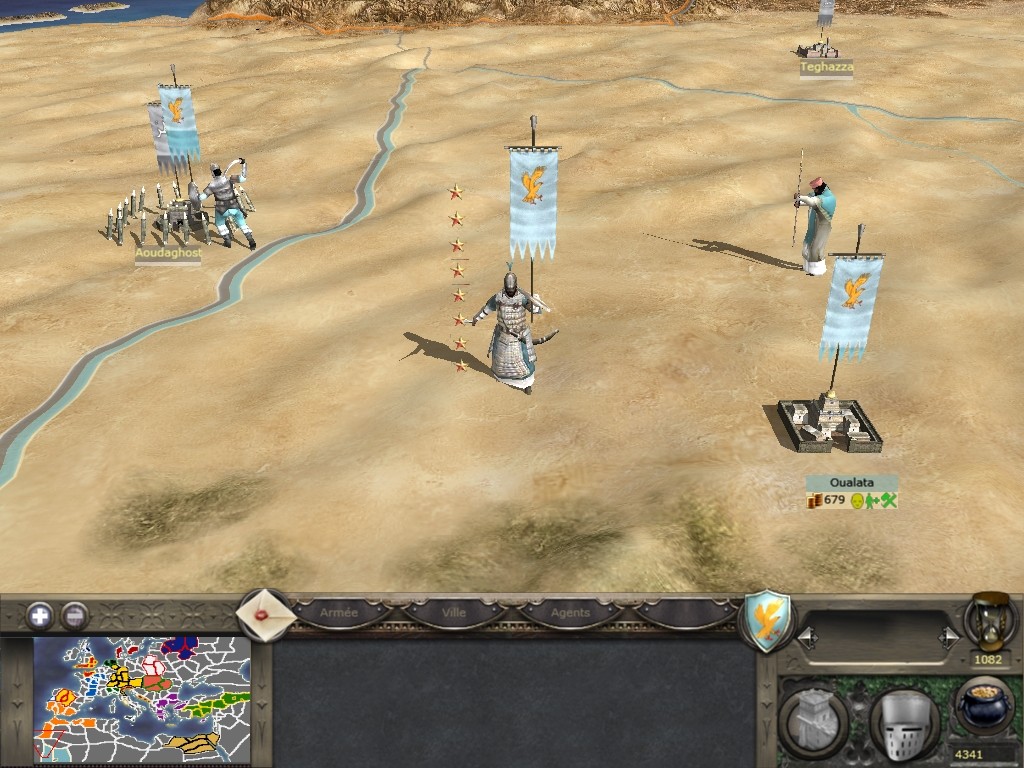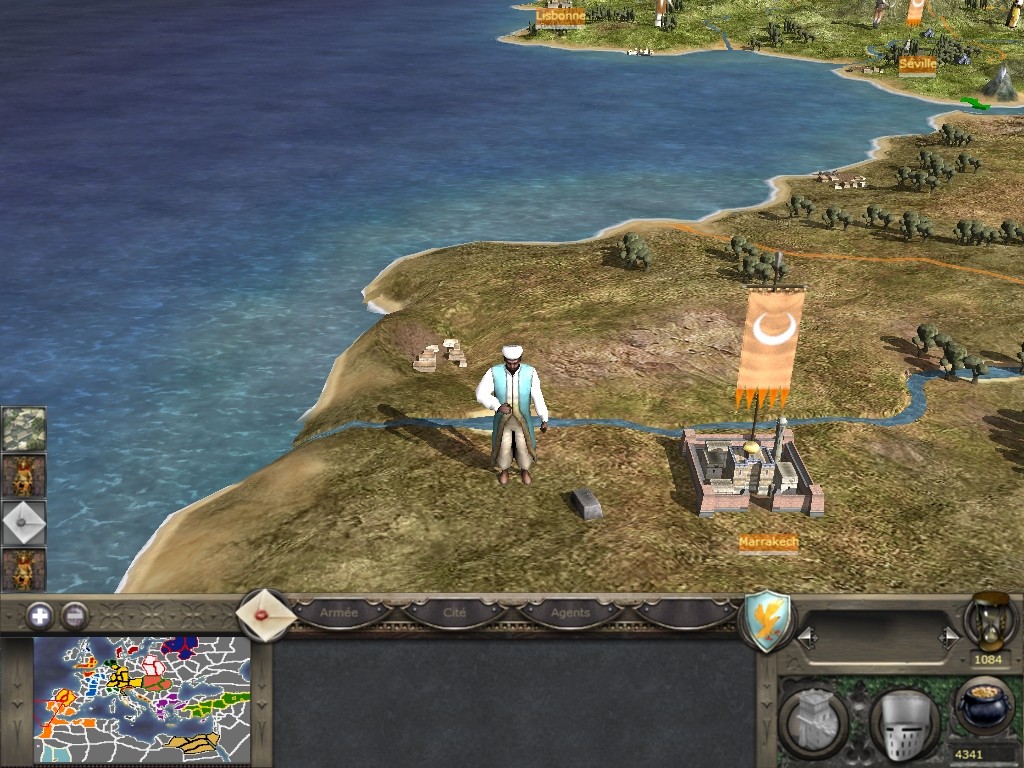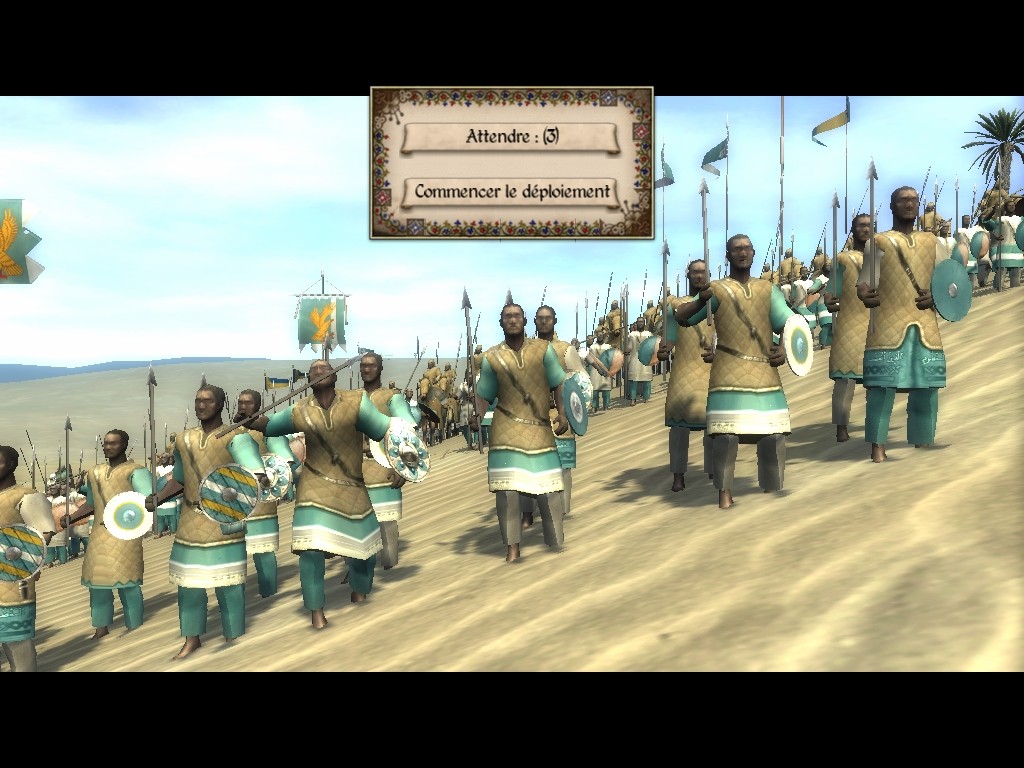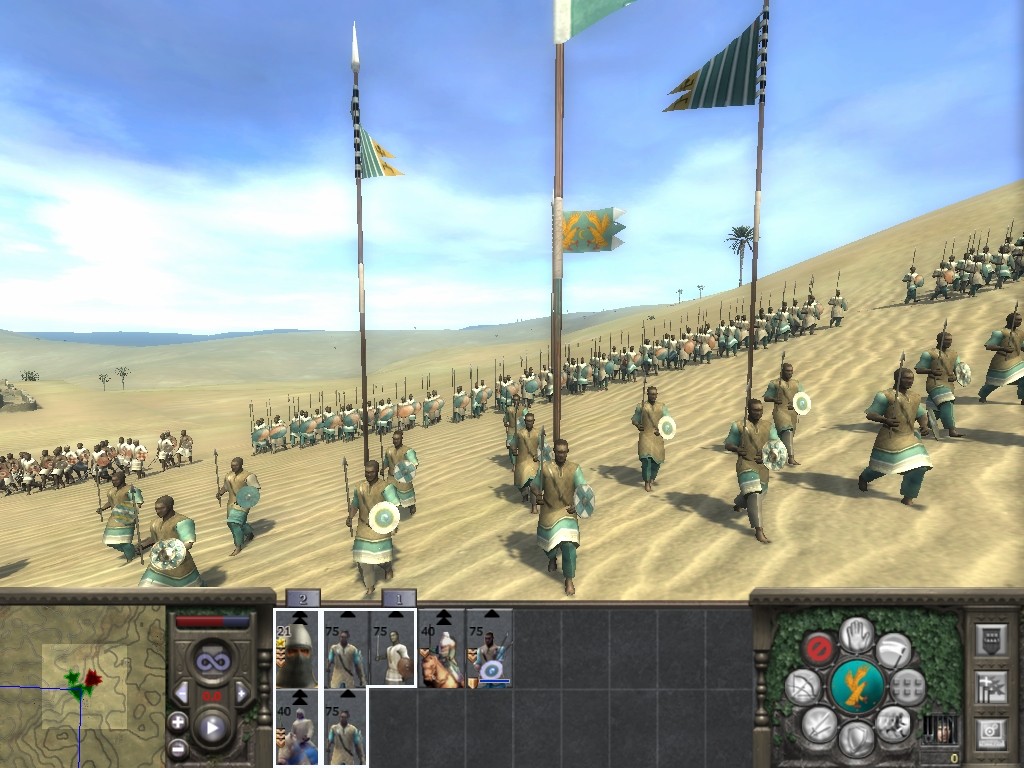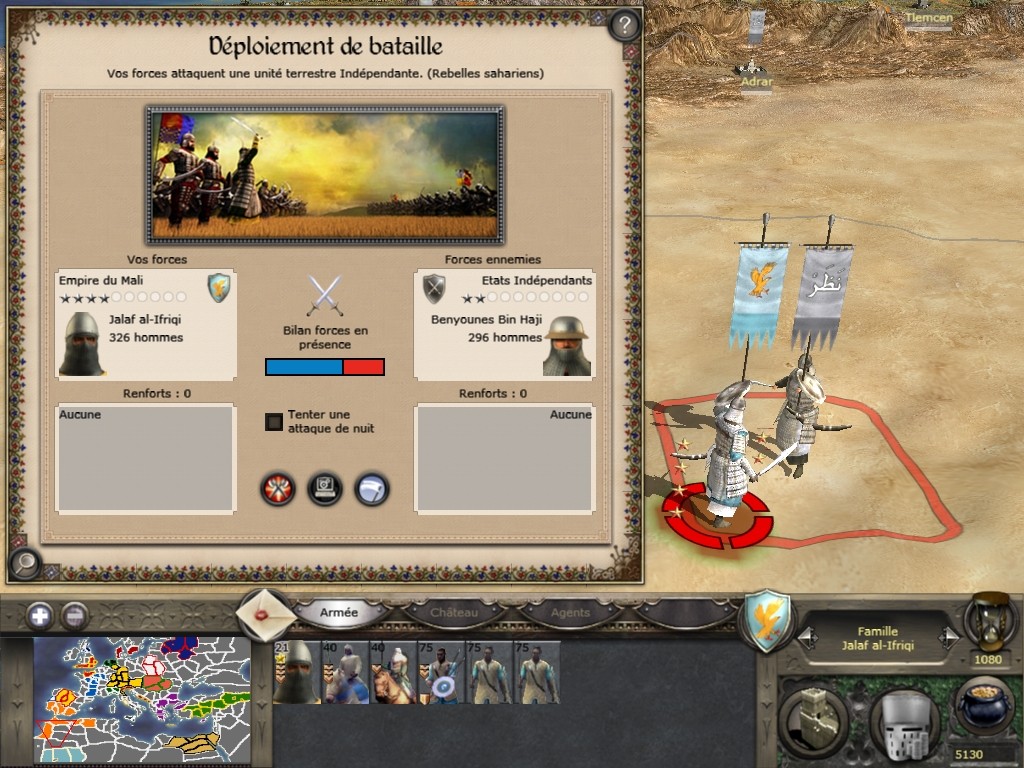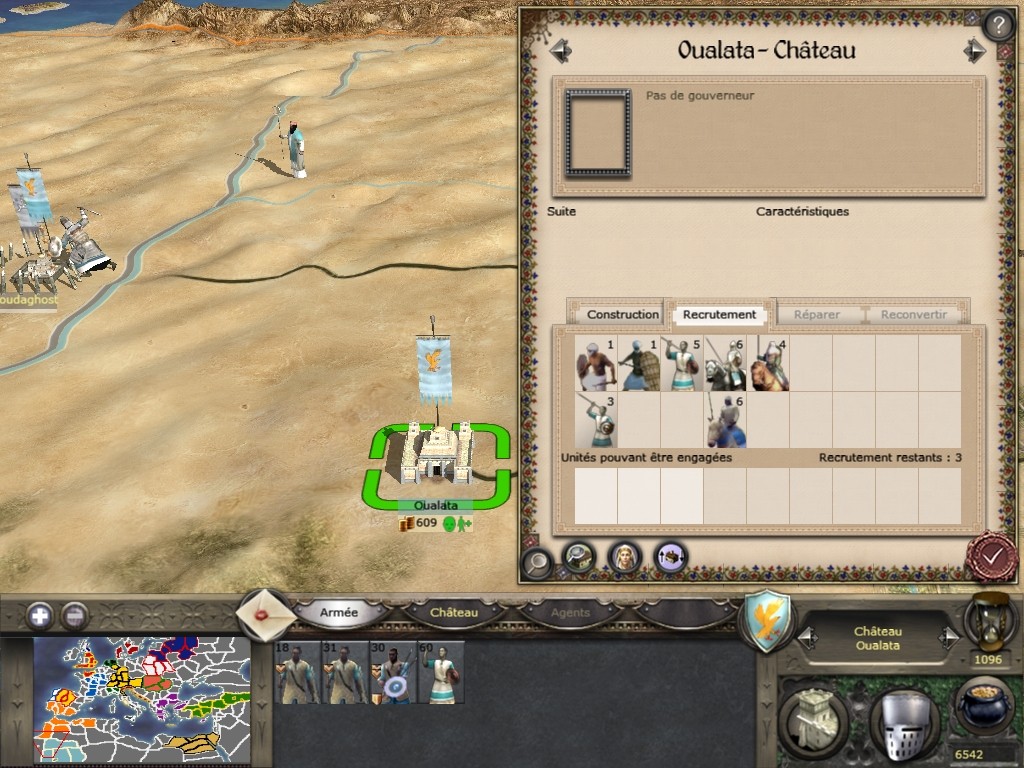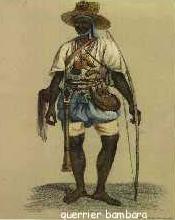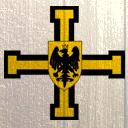В XIIIом веке, из-за Вльморавидов, of the Berber tribes comming from Sahara, et and recurring droughts which urged these inhabitants to find refuge in the South, in wet zones, the empire of Ghana crumbled in several small kingdoms among which the Sosso Empire and the Mande Tribes. The Sosso, under the Soumaoro Kantй’s reign, tried to exploit the advantage of the situation to establish itself as the leader in the area. The attempt makes a success, but it was for a short term.
Indeed, approximately seven years after, in 1235, Sundiata Keita, the new King of the Mande Tribes, command an army to made up of 10 000 knights and 100 000 infantrymen and triumph over his rival.
From this moment, nothing can’t stop the Soundiata Keita's conquests. He conquers all the kingdoms of Mali which he unifies to form a great empire. The Empire of Mali.
So, he becomes "Mansa", the King of Kings, and his Empire will know a period of peace and prosperity.
Sundiata Keita establishes his capital, Niani, on the current border of Mali and Guinea. To maintain the unity and the smooth rfunctioning of the territory, the emperor promulgates rules; he adapts his governance according to his time. He respects plurality and diversity of each ethnic groups who compose the territory. He operates finally profound social transformations.
He institutes various social classes: classes of noble persons, various classes of free people and dependent people. Later, in the XVth century, merchants and scholars come to enrich the social links and to fill the gap between the nobility and the lower classes. The political power is widely decentralized. This decentralization is the fact of Mansa Uli, the eldest son of Sundiata Keita. The center of the Empire is an area subjected to the direct administration of the King, the rest of the imperial territory being divided into several provinces. Each province is controlled by a Diamanatigui (or Farba). This character acts as governor of a province.
Provinces themselves are divided in districts and in villages. Within the village, the authority is treated on a hierarchical basis. A political leader, who is sometimes also the religious one, rules the villageous community.
The Farba, guarantor of the authority of the King, oversees the authority of the village leaders and relays the authority of the Emperor.
The Farba takes the tribute intended for the Emperor (taxes) and is even authorized to mobilize people in the event of war. In the suburb of the Empire, there are different kingdoms. These last ones are not related to the central administration. On the other hand, they recognize the supremacy of the Empire and send it tributes regularly.
The Empire of Mali is well regulated. The sovereigns of Mali built an effective economic and a social system which does not injure the ethnic groups who compose the Empire.
Many travellers, such Ibn Battuta, praised in the XIVth century, the excellent administration of the Empire. Ibn Battuta also underlines the great faith of the population which goes to the mosque in large number, every Friday.
The european travellers who go to Mali make the same observation, the Empire of Mali has nothing to envy the most powerful European monarchies.
There also are many acounts exciting the wealth of the Empire. Indeed, its power rested in particular on the trade of the gold, which allowed the great gold-bearing resources of the region. But the prosperity of the empire also based on the transsaharien trade some copper, some salt and some fabrics.
Sundiata Keita dies in 1255, probably by drowning. According to the legend, he would have been transformed into hippopotamus.
At the death of Sundiata Keita, some of his sons succeeded to him : Wali (1255 - 1270), Ouati (1270 - 1274), Khalifa (1274 - 1275). Then, it is Abu Bakr (Aboubakari I) (1275 - 1285), grandson of Sundiata Keita who takes the throne.
With the death of this last one, Sakura, who does not make party of the lineage of family Keпta, seizes the throne and reigns during 15 years, from 1285 to 1300 during which he is going to consolidate the Empire.
With his death, the descendants of Sundiata Keita find again the power with Gao (1300-1305), then the son of this last one, Mohammed ibn Gao (1305-1310) and finally, his nephew Abu Bakr II (1310-1312). Abu Bakr II became famous by launching two shippings to know the limits of the ocean. Indeed, Ibn Fadl Alla Al Omari reports that Abu Bakr II would have equipped at first two hundred "ships" in order to explore the other side of the Atlantic Ocean; whose no crew would have come back. Then he chartered two other thousand and he took the command of the fleet, but he never came back from his shipping.
Some historians claim that he would have discovered America.
The malian tradition then considering him like died, what justified the succession, in this particular case, by his son Kankou Musa.
So, around 1312, Kankou Musa (or Kango Moussa, or Kankan Moussa, or Mansa Moussa), comes to power.
We know him in particular, by Arabic authors, for his pilgrimage in Mecca (in 1324-1325), where he spent during the trip 10 to 13 tons of gold. The sovereign also took thousands of servants and slaves. He will return with him scholars, artists and storekeepers. These last ones contribute to the creation of a strong link between Mali and Egypt. One of the scholars who accompany the emperor names Abu-Isack-es Saheli. The man, native from the city of Grenada, is the architect of the Mosque of Timbuktu. This last one, like Dao and Djennй become the great cultural and economic centers of the Empire.
Here is for example the court of Kankou Musa described by one of these contemporaries: "the sultan of this kingdom sits in his palace on a large platform which we call on this country "bembй", on a large ebony bench looking like a throne which would be has the size of a fat and big character. On each side of defenses of elephant placed in front of the other one, cover it.
He has with him his weapons which are all golden: sword, spear, quiver, bow and arrows. He wears long trousers which are composed of twenty parts and he is alone to wear this pants. Behind him stand around thirty Turkish or other pages, which we buy for him in Cairo.
One of them, on its left holds a silk parasol surmounted by a cupola and by a golden bird.
The bird has the face of a falcon. His officers sat in circle below him, in two rows, the one to the right the other one to the left; beyond sit the main leaders of his cavalry. In front of him stand still a character who does not leave him and who acts as executioner. Another accompanies him, this one serves as intermediary between the sovereign and his subjects, which we name the herald.
In front of them, people are playing drums. Others are dancing in front sovereign's eyes who have fun with that, they make him smile. Behind him two banners up. Two horses are harnessed, ready to be rise on if he wants to."
Kankou Musa's reign is the apogee of the Empire, he was a great sovereign whose fame reached all Africa the XIVth century, the Arabian-Berber world and Europe. The Empire of Mali then brings together a big part of territories included between Sahara, the Atlantic Ocean and the Niger.

After the reign of the Emperor Musa, the Empire weaks. The decline of the Empire begins with his successor, Mansa Maghan (his son), who reigned from 1341 to 1360 approximately.
Follow the reigns of Mansa Suleyman (brother of Musa) and by Kassa, his son.
Mansa Kassa (1360-1374) crushed the people under a multitude of taxes and spent without counting the resources of the Mali. The Empire was then shaken by a series of fights of succession which led to anarchy and decline. In front of the weakness of the central authority, the vassals proclaimed their independence.
Musa II tried to reverse the trend, but he did not arrive there unfortunately. According to Ibn Khaldun, during this period of crisis, Musa II even had to sell the gold nugget of the royal treasure. We considered it as the most precious of treasures, like a priceless marvel, because of its rarity.
At the end of the reign of Musa II, the Empire decomposes, states such as Songhai declare their independence. Mossi and Tuareg invade the East of the country, reducing the territory of the defunct Empire. At the end of the XVIIth century, the Empire of Mali, formerly powerful, does not exist any more.
Sources:
- informations apportй par Korto dans ce ]]>topic]]>.
- ]]>tebawalito.unblog.fr]]>
- ]]>histoire-afrique.org]]>
- ]]>geocities.com]]>
- ]]>wikipedia.org]]>

 Нажмите, чтобы прочитать
Нажмите, чтобы прочитать
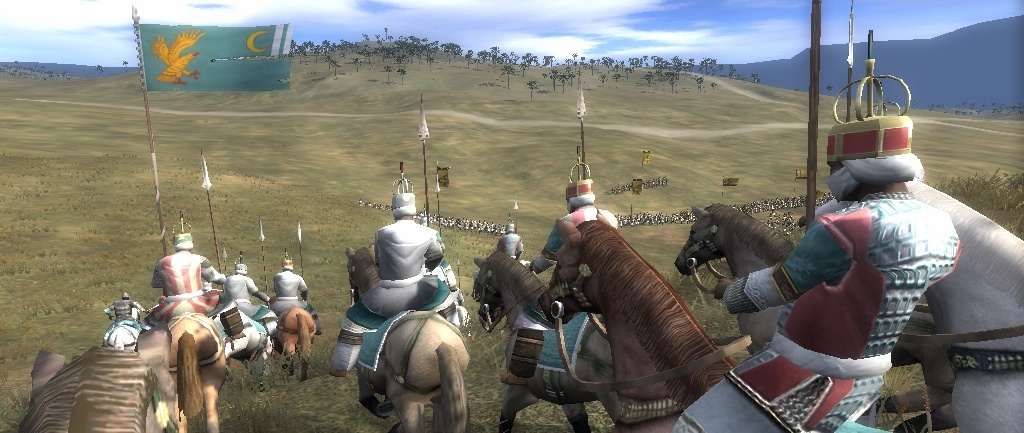
 Нажмите, чтобы прочитать
Нажмите, чтобы прочитать





